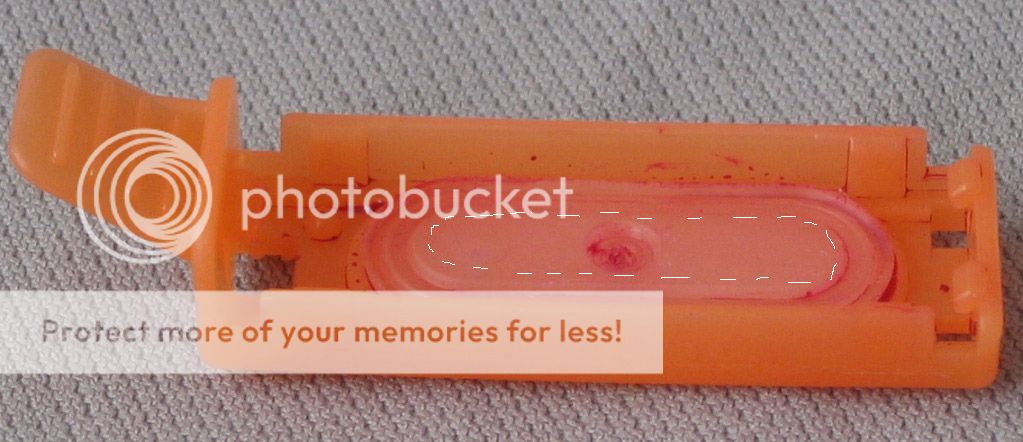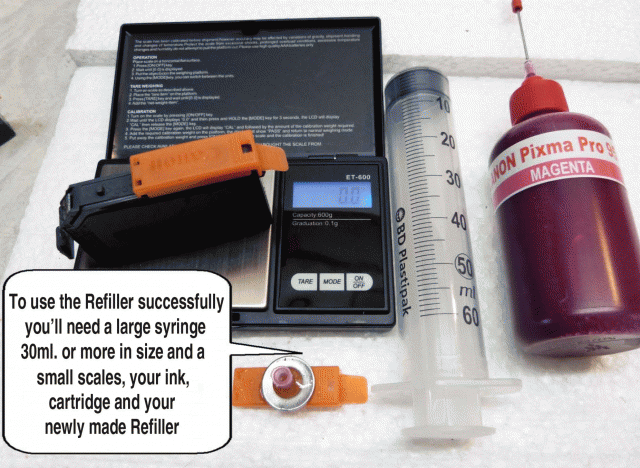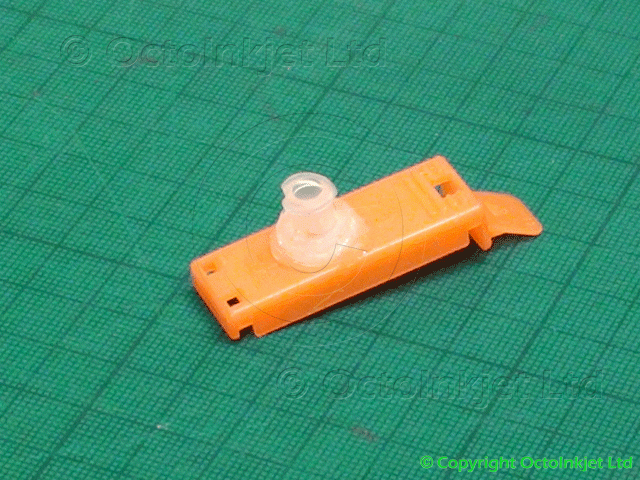ThrillaMozilla
Printer Master
- Joined
- Jan 18, 2011
- Messages
- 1,232
- Reaction score
- 365
- Points
- 253
Toolman's video showed dribbling from the syringe. Used that way, the syringe is the bottleneck. If the pad is flooded, it will fill faster. Toolman says 2-3 minutes this way. If you want still faster, you must pressurize. Problem solved.mikling said:You can easily swamp the pad area with the syringe. This means that the surface area is not the bottleneck in the process but something else.




